Al Ula
About Al Ula

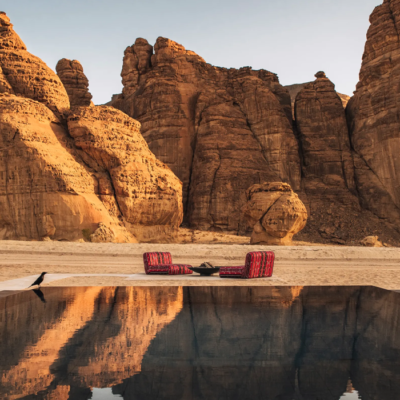






History of AlUla

Steeped in antiquity, Al Ula boasts a rich and storied past that dates back millennia. From prehistoric settlements to ancient civilizations, the region has been a crossroads of cultures and civilizations throughout history.
Traces of human habitation in Al Ula can be traced back to the Palaeolithic era, with evidence of early hunter-gatherer communities found in the area. In later centuries, Al Ula flourished as a vital trade hub along the Incense Route, connecting Arabia with the civilizations of the Mediterranean and beyond.
The Nabateans, famous for their city of Petra in neighbouring Jordan, left their mark on Al Ula with impressive tombs and rock-cut facades carved into the sandstone cliffs. In the Islamic era, Al Ula continued to thrive as an important cultural and religious centre, with mosques, palaces, and fortifications dotting the landscape. Today, the history of Al Ula is preserved in its ancient ruins and archaeological sites, offering a glimpse into the region’s rich and diverse heritage.
Al Ula Attractions

Maraya

Dadan and Jabal Ikmah

AlUla Old Town Village

Sharaan Nature Reserve
Want To Learn More?

Riyadh
About Riyadh




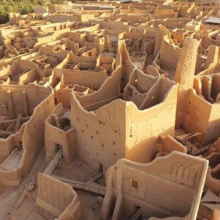

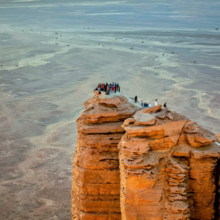

History of Riyadh
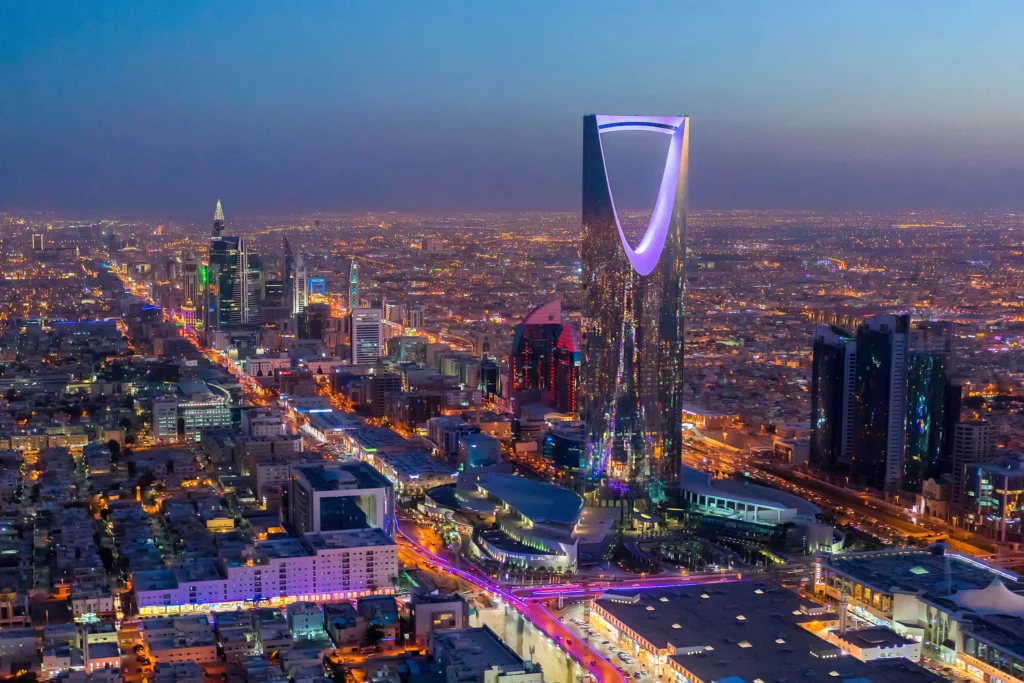
Riyadh’s history dates back several centuries, with its origins as a small oasis town. It gained prominence in the 18th century when it became the capital of the First Saudi State. In 1902, King Abdulaziz Al Saud captured Riyadh, marking the beginning of modern Saudi Arabia. The city played a crucial role in the unification of the Kingdom. Over the decades, Riyadh transformed from a modest desert settlement into a thriving capital city. The construction of modern infrastructure, including roads, buildings, and educational institutions, accelerated its development. Riyadh has preserved its historical sites, such as the Al Masmak Fortress and Diriyah, the original home of the Saudi royal family. Today, Riyadh stands as a testament to the Kingdom’s rapid progress and rich cultural heritage, bridging the past and the future.
Riyadh Attractions
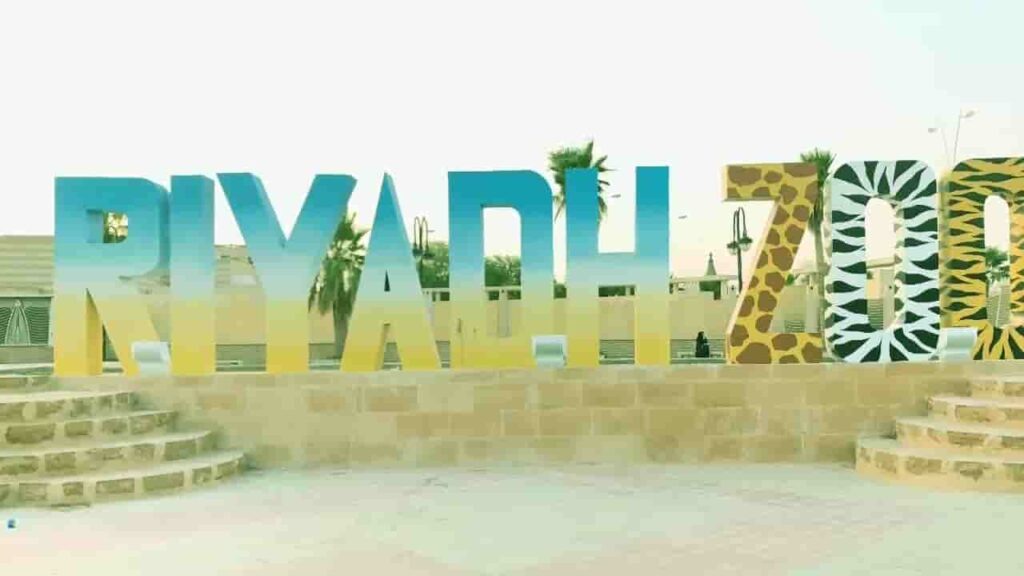
Riyadh Zoo

Edge of the World

Boulevard Riyadh City

Al Masmak Palace

U Walk
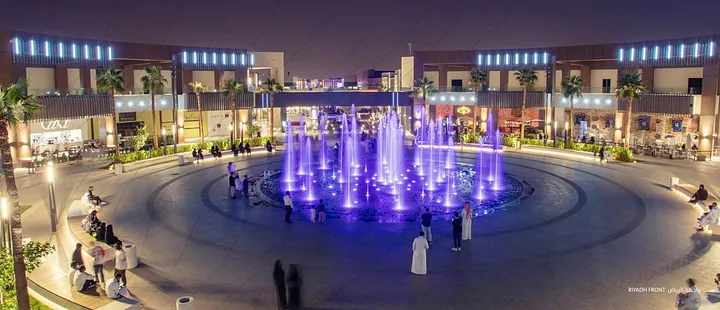
Riyadh Front
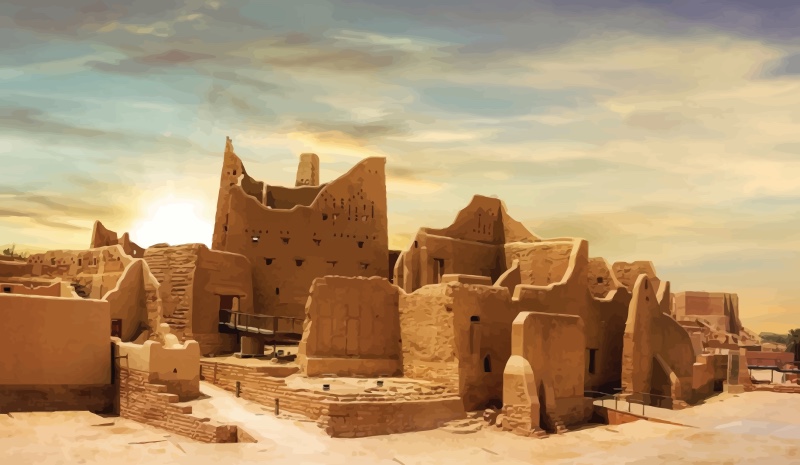
historical diriyah
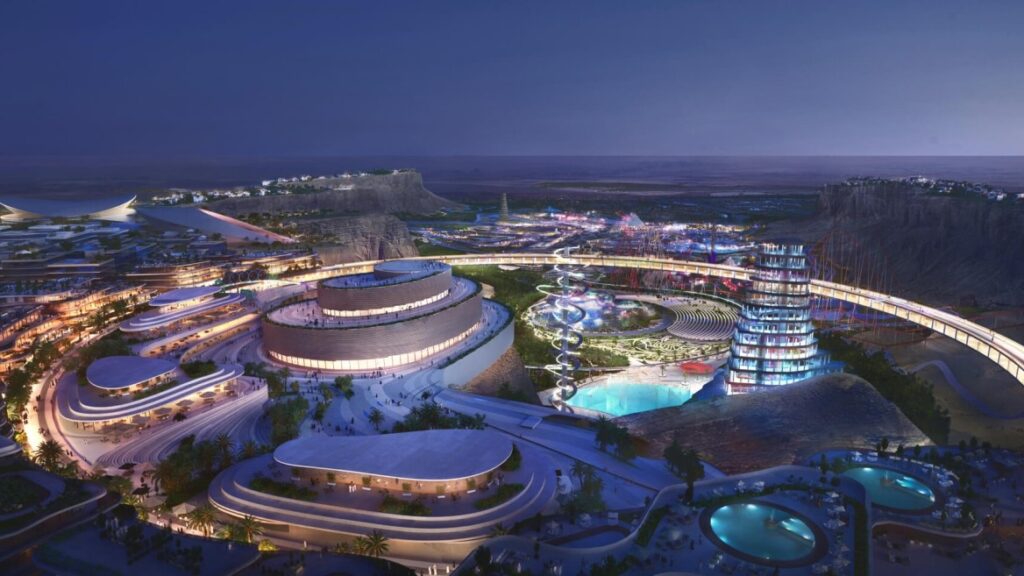
Qiddiya
Want To Learn More?

Jeddah
About Jeddah
Jeddah, the vibrant gateway to Saudi Arabia’s holy cities, is renowned for its diverse culture, bustling economy, and beautiful Red Sea coastline. As the Kingdom’s commercial hub, Jeddah boasts a dynamic blend of traditional and modern architecture, from the historic Al-Balad district to towering skyscrapers. The city offers a plethora of attractions, including the iconic Jeddah Corniche, luxurious shopping malls, and exquisite seafood dining experiences. Jeddah’s rich cultural scene features numerous art galleries, museums, and annual festivals, making it a lively destination for both residents and visitors. With its strategic location, Jeddah also serves as a major port city, facilitating international trade and tourism.
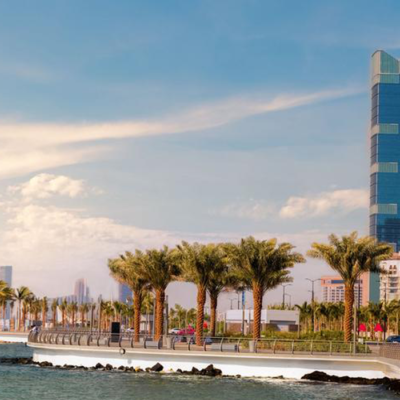
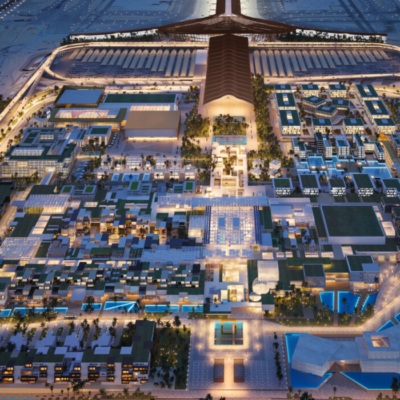
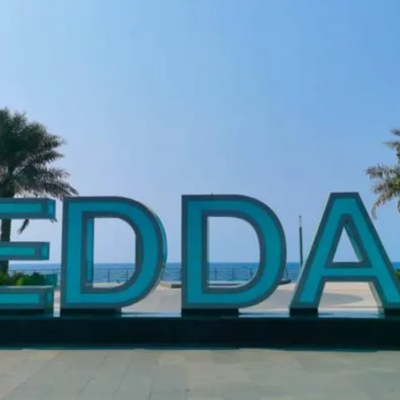





History of Jeddah

Jeddah’s history dates back over 2,500 years, originating as a small fishing village. It gained prominence in the 7th century when Caliph Uthman ibn Affan designated it as the official port for Muslim pilgrims travelling to Mecca. Over the centuries, Jeddah flourished as a key trading centre, attracting merchants from Africa, Asia, and Europe. The historic Al-Balad district, with its coral-stone houses and traditional souks, reflects the city’s rich heritage and cultural diversity. During the Ottoman era, Jeddah was fortified with walls and gates, remnants of which can still be seen today. In the modern era, Jeddah has transformed into a bustling metropolis, balancing its historical significance with rapid urban development and economic growth.
Jeddah Attractions
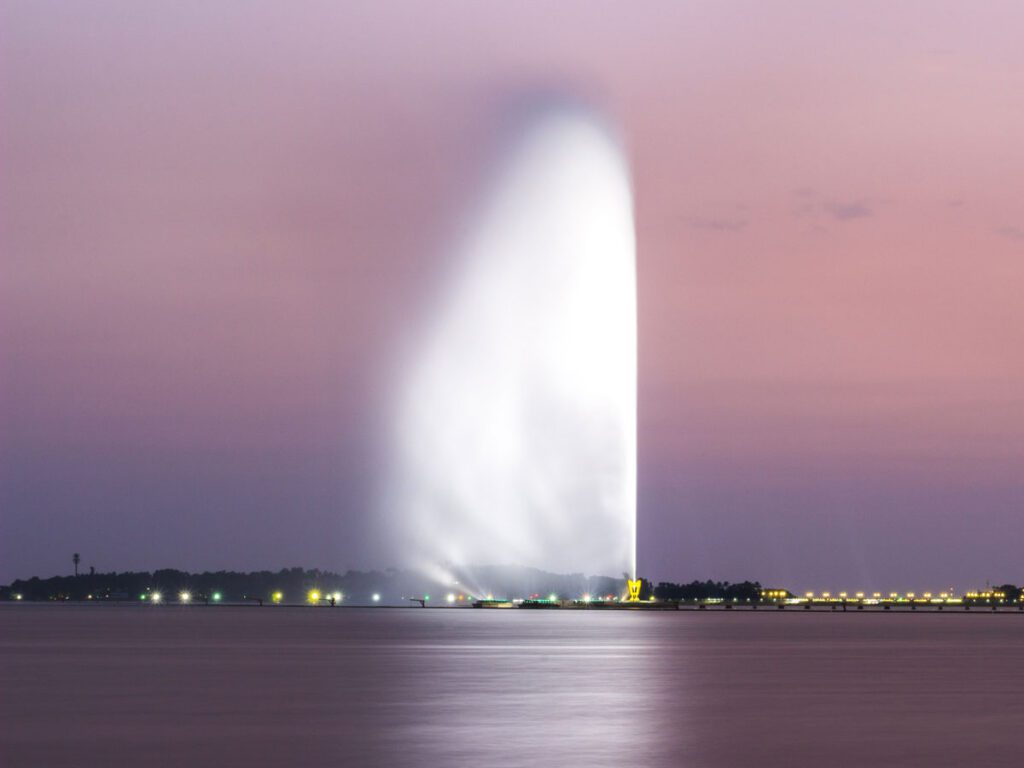
King Fahad's Fountain

Fakieh Aquarium

Nassif House Museum

Red Sea Mall
Want To Learn More?

